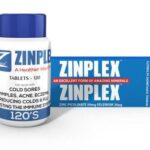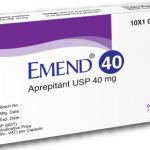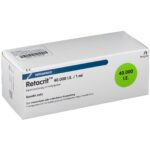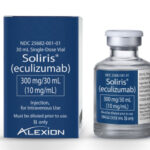Wilzin: Uses, How it works, Dosage, Side Effects
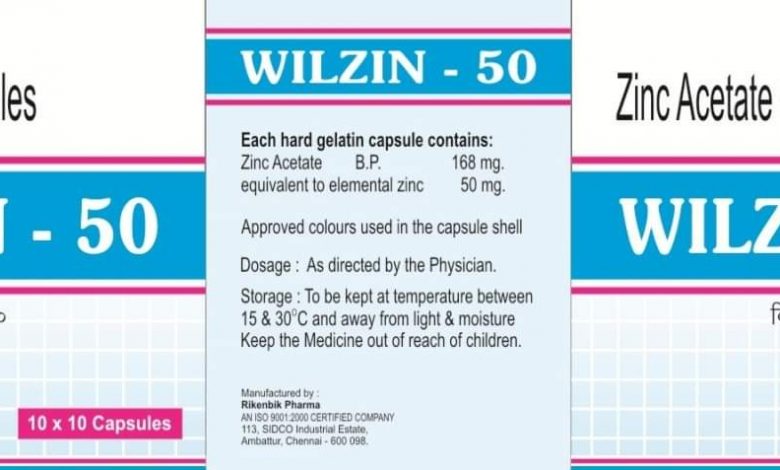
What is Wilzin?
Wilzin is a medicine that contains the active substance zinc. It is available as capsules (blue: 25 mg; orange: 50 mg). Wilzin is used to treat Wilson’s disease. Wilson’s disease, also known as hepatolenticular degeneration and progressive lenticular degeneration, is a rare genetic disorder that causes copper poisoning in the body.
Wilson’s disease affects about 1 in 30,000 people worldwide. In a healthy body, the liver filters out excess copper and releases it through urine. With Wilson’s disease, the liver cannot remove the extra copper properly. The extra copper then builds up in organs such as the brain, liver, and eyes.
Early treatment can help reverse neurological issues and liver damage. Treatment in a later stage may prevent further progress of the disease, but it won’t always restore the damage. People in the advanced stages may have to learn how to manage their symptoms over the course of their life.
How is Wilzin used?
Wilzin treatment should be started by a doctor who has experience in the treatment of Wilson’s disease. The usual dose for adults is 50 mg three times a day. A reduced dose is used in children. Wilzin should be taken on an empty stomach, at least one hour before or two to three hours after meals. Wilzin is a long-term treatment. Patients who are switching from a ‘chelating agent’ (another type of medicine for Wilson’s disease) to Wilzin should continue to take the chelating agent for two to three weeks after starting Wilzin because Wilzin takes some time to start working fully. The maximum dose of Wilzin is 50 mg five times a day. For more information, see the package leaflet.
How does Wilzin work?
The active substance in Wilzin is the zinc cation (positively charged zinc), which blocks the absorption of copper from the diet. It works by stimulating the body to produce a protein called metallothionein in the cells lining the gut. This protein attaches to copper and prevents it from being transferred into the blood. The copper is then passed out of the body in the stools. Over time, the amount of copper in the body falls, improving the symptoms of the disease. Zinc has been used to treat Wilson’s disease since 1958.
How has Wilzin been studied?
Because zinc has been used to treat Wilson’s disease for many years, the company presented the results of studies from the published literature. In total, data to support the use of Wilzin came from 255 patients with Wilson’s disease. The main study involved 148 patients who were treated with Wilzin but did not compare Wilzin with any other treatments. The main measure of effectiveness was whether patients had adequate control of copper levels.
What benefit has Wilzin shown during the studies?
Wilzin has been shown to be effective in reducing the absorption of copper and reducing the amount of copper in the body. In the main study, 91% of the patients evaluated (91 out of 100) had adequate control of their copper levels within the first year of treatment with Wilzin.
What is the risk associated with Wilzin?
The most common side effects with Wilzin (seen in between 1 and 10 patients in 100) are gastric irritation (irritation of the stomach) and increased blood levels of enzymes (amylase, lipase, and alkaline phosphatase). Gastric irritation is usually worst with the first-morning dose and disappears after the first few days of treatment. Delaying the first dose to mid-morning or taking the dose with a small amount of food containing protein, such as meat, may help. For the full list of all side effects reported with Wilzin, see the package leaflet.
Wilzin should not be used in people who may be hypersensitive (allergic) to zinc or any of the other ingredients.
How safe is Wilzin?
Drug safety agencies consider Wilzin’s benefits to be far greater than its risks for the treatment of Wilson’s disease.

